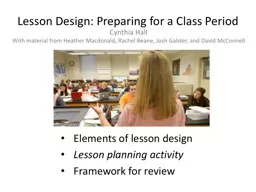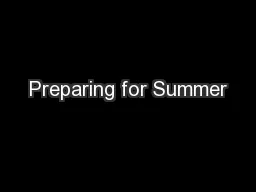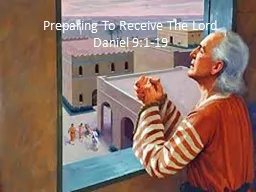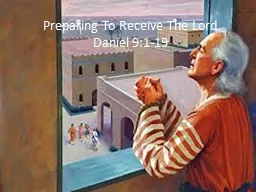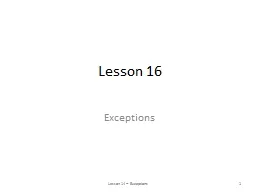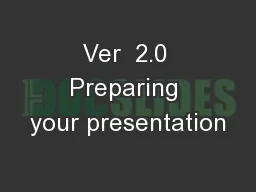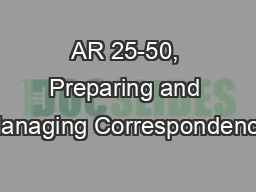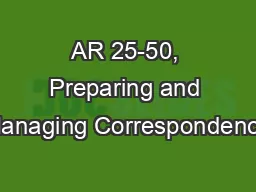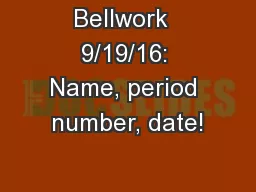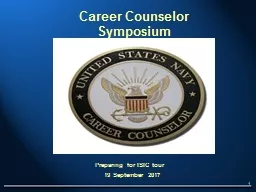PPT-Lesson Design: Preparing for a Class Period
Author : alexa-scheidler | Published Date : 2018-12-11
Cynthia Hall With material from Heather Macdonald Rachel Beane Josh Galster and David McConnell Elements of lesson design Lesson planning activity Framework
Presentation Embed Code
Download Presentation
Download Presentation The PPT/PDF document "Lesson Design: Preparing for a Class Per..." is the property of its rightful owner. Permission is granted to download and print the materials on this website for personal, non-commercial use only, and to display it on your personal computer provided you do not modify the materials and that you retain all copyright notices contained in the materials. By downloading content from our website, you accept the terms of this agreement.
Lesson Design: Preparing for a Class Period: Transcript
Download Rules Of Document
"Lesson Design: Preparing for a Class Period"The content belongs to its owner. You may download and print it for personal use, without modification, and keep all copyright notices. By downloading, you agree to these terms.
Related Documents

